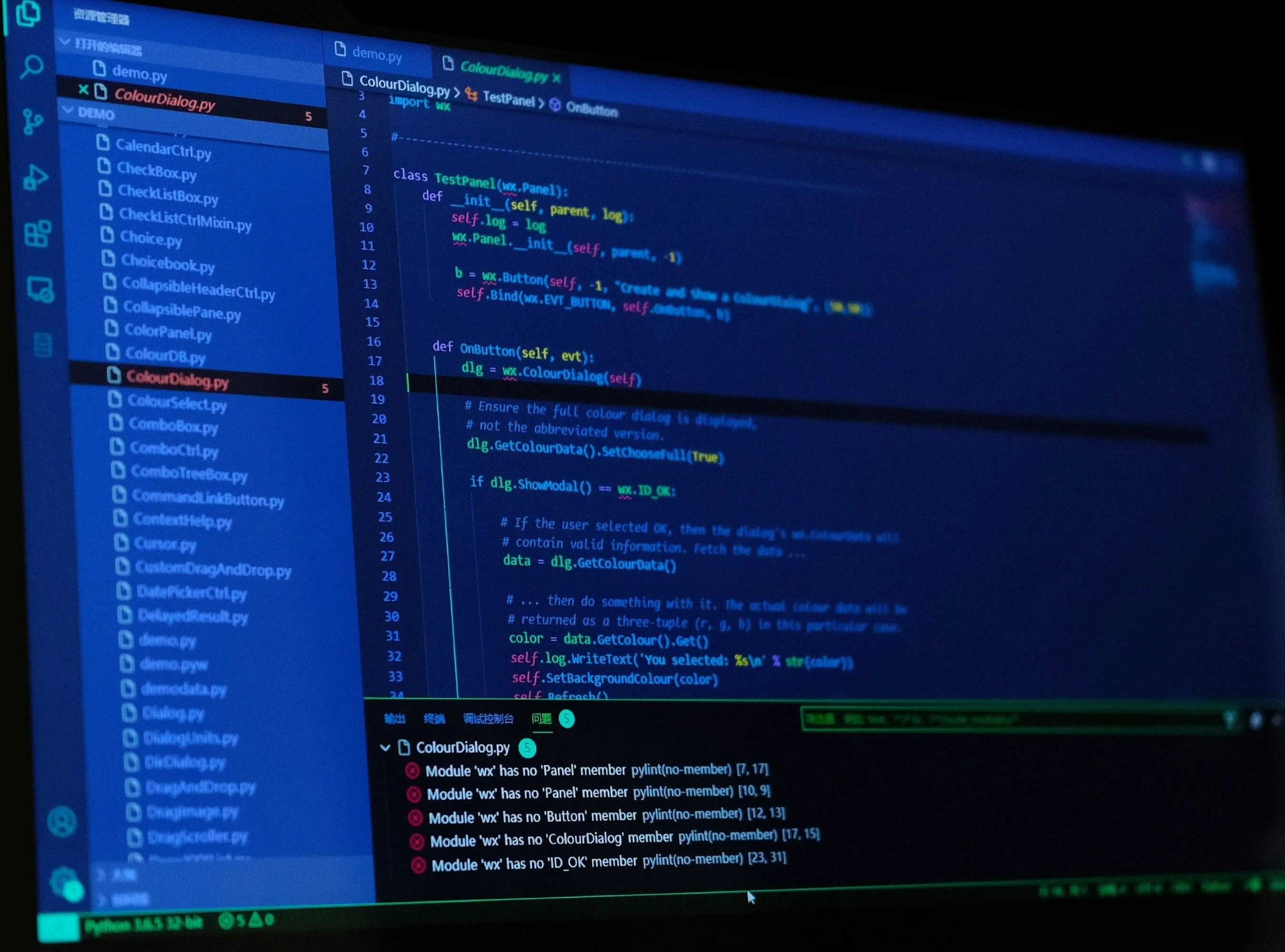Supreme Court Rules in Google’s Favor in Android “Fair Use” Case
The Supreme Court's ruling in Google's favor on API code fair use sets a major precedent for software development, shaping the future of coding, intellectual property, and Big Tech.
Updated on
The United States Supreme Court recently ruled that Google’s use of another software company’s code in building its Android platform was permissible under the fair use doctrine. The decision comes after 10 plus years of litigation on the issue. The long-awaited verdict establishes a groundbreaking precedent in the world of coding and intellectual property as a whole. However, certain questions remain unanswered as to how Big Tech may develop competing programs moving forward.
Case Background
Back in 2010, the software company, Oracle, filed a lawsuit accusing Google of plagiarizing its Java software. Oracle alleges Google copied 11,500 lines of computer code to create its Android mobile device. At the time, Oracle had recently acquired Java, a programming and computing platform used by software developers. When Oracle acquired Java, it became the owner of a number of patents and copyrights. As alleged in Oracle’s complaint against Google, Google’s Android device was a competitor of Oracle’s Java, with Google running Java applications on its own device. Oracle alleged numerous patent and copyright infringements against Google for its use of Java API code and sought $9 billion in damages.
The Case for Code
Copyrighting computer code has required intricate legal review. On one hand, a programmer may copyright a complete computer program as a literary work. However, a programmer cannot claim a copyright in an “idea, system, or method indirectly, by copyrighting one of only a few possible means of expression.” This would grant them exclusive use of the idea itself—something that is not copyrightable.
The United States District Court for the Northern District of California ruled in May 2012 that Java’s API—Application Programming Interface—code was not copyrightable. But in May 2014, the Federal Circuit reversed the district court’s decision. This left open the possibility of a viable fair use defense. And Google successfully invoked this defense at trial.
In May 2016, a jury ruled in favor of Google. It found their use of the Java code was permissible under the fair use doctrine. The Federal Circuit again reversed the district court’s decision, finding Google’s use was not fair use as a matter of law. Following this reversal, the case reached the highest court in the land.
The SCOTUS Decision
The Supreme Court held that Google’s use of the Java code was a fair use of the material. Per the decision, this is permissible because Google only included those lines of code “that were needed to allow programmers to put their accrued talents to work in a new and transformative program.” The Court declined to determine whether the copied lines were copyrightable under the Copyright Act, and for the purposes of the decision, assumed that they are. The main question before the Court was whether Google’s use of those lines of code was a “fair use” as permitted by § 107 by the Act.
In order to determine fair use, the Court evaluated four factors:
- The purpose and character of the use
- The nature of the copyrighted work
- The amount and substantiality of the portion of use in relation to the work as a whole
- The effect on the potential market or value of the work
The Court found in Google’s favor for all four factors. First, the Court found that the lines of code, which are a part of a user interface, allow programmers to access prewritten computer code that is “inherently bound together with uncopyrightable ideas.” The Court found Google copied only what was needed to allow programmers to work on new ideas, consisting of only “0.4% of the entire API at issue.” Lastly, the Court found that Java’s copyright holder would only benefit from reimplementation of its interface into a different market.
The Future of Big Tech Litigation
The Supreme Court’s decision will certainly make it easier and cheaper to implement code in software applications. With this decision, new developers won’t need to start from scratch in writing code. They can also bypass purchasing licenses from Oracle and other companies for the use of their code. A number of software developers and engineers came out in support of the decision. One Google engineer, Ian “Hixie” Hickson, tweeted that, “An opposite ruling would have brought into question all the reverse engineering that’s made the web what it is.”
However, it’s important to remember that the Supreme Court did not rule on the copyrightability of code itself. In fact, the Court seemed to want to avoid the question of whether API code is copyrightable. Justice Breyer acknowledges in the majority opinion that it is “difficult to apply traditional copyright concepts in that technological world.”
Gordon Haff, from IBM’s Red Hat software division, believes that, while it would have been nice if the Court stated APIs are not copyrightable, such a decision “would probably be very close to legislating from the bench, and this ruling probably has almost the same practical effect.”
The question of code copyrightability remains an open legal item. However, the Supreme Court’s decision clearly expanded the permissible use of existing APIs in Big Tech for the foreseeable future.
About the author
Anjelica Cappellino, J.D.
Anjelica Cappellino, Esq., a New York Law School alumna and psychology graduate from St. John’s University, is an accomplished attorney at Meringolo & Associates, P.C. She specializes in federal criminal defense and civil litigation, with significant experience in high-profile cases across New York’s Southern and Eastern Districts. Her notable work includes involvement in complex cases such as United States v. Joseph Merlino, related to racketeering, and U.S. v. Jimmy Cournoyer, concerning drug trafficking and criminal enterprise.
Ms. Cappellino has effectively represented clients in sentencing preparations, often achieving reduced sentences. She has also actively participated in federal civil litigation, showcasing her diverse legal skill set. Her co-authored article in the Albany Law Review on the Federal Sentencing Guidelines underscores her deep understanding of federal sentencing and its legal nuances. Cappellino's expertise in both trial and litigation marks her as a proficient attorney in federal criminal and civil law.
Subscribe to our newsletter
Join our newsletter to stay up to date on legal news, insights and product updates from Expert Institute.
Sign up nowA Sample Voir Dire: How To Qualify An Expert Witness
Download free white paperChallenging Opposing Experts: Advanced Research Techniques
Download free white paperCross Examining Expert Witnesses: The Ultimate Guide
Download free white paper
Subscribe to our newsletter
Join our newsletter to stay up to date on legal news, insights and product updates from Expert Institute.



